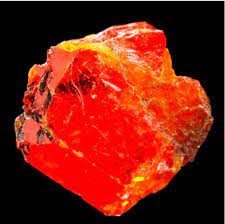History.
The story of seaborgium's discovery involves collaboration and
scientific progress. In 1974, two teams of scientists, one at the
Lawrence Berkeley Laboratory in California and another at the Joint
Institute for Nuclear Research in Russia, independently synthesized
the element for the first time.
There was initially some debate about who should receive credit
for the discovery. However, in 1997, the International Union of
Pure and Applied Chemistry (IUPAC) officially recognized the
contributions of both teams and named the element seaborgium in
honor of Glenn T. Seaborg, a prominent American chemist who played
a key role in discovering and studying transuranic elements.
Usage.
Dubnium is a synthetic element, meaning it doesn't exist naturally on
Earth and is created in laboratories. Due to its rarity and
radioactive nature, dubnium does not have any commercial or industrial
applications.
Scientists are currently focused on understanding the fundamental
properties of dubnium and its potential role in theoretical physics
studies. This research helps advance our understanding of the behavior
of matter at the atomic level and contribute to the development of new
theories in nuclear physics.
Some of the benefits of using Seaborgium are:
At present, it is only used in research. Seaborgium has no known
biological role. Seaborgium is a transuranium element. It is created
by bombarding californium-249 with oxygen-18 nuclei

